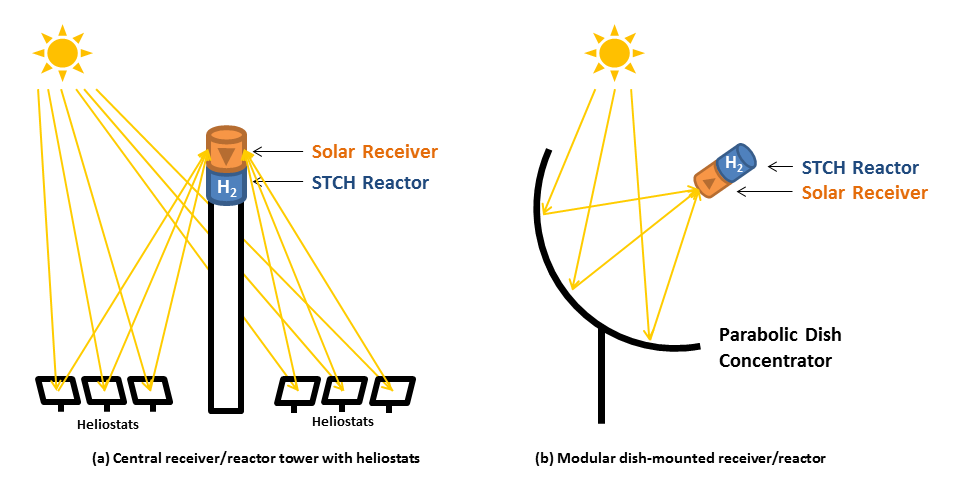Solar Hydrogen Generation Exceeding 100 Efficiency

Download citation solar hydrogen generation.
Solar hydrogen generation exceeding 100 efficiency. The operating temperature of the pv modules was also an important factor studied in this research to increase efficiency. We developed a lead sulfide pbs qd photoelectrochemical cell that is able to drive hydrogen evolution from aqueous na 2 s solution with a peak external quantum efficiency exceeding 100. The optimized pv electrolysis system increased the hydrogen generation efficiency to 12 4 for a solar powered pv pem electrolyzer that could supply enough hydrogen to operate a fuel cell vehicle. In this work scientists demonstrated greater than 100 percent external quantum efficiency in a solar photoelectrochemical cell the first example of enhanced yield of a chemical reaction by multiple exciton generation.
We developed a lead sulfide pbs qd photoelectrochemical cell that is able to drive hydrogen evolution from aqueous na 2 s solution with a peak external quantum efficiency exceeding 100. Multiple exciton generation meg is a process that can occur in semiconductor nanocrystals or quantum dots qds whereby absorption of a photon bearing at least twice the bandgap energy produces two or more electron hole pairs. Quantum dots are extremely small semiconductor particles only a few nanometers in size. For a photo active materials which has band gab of 1 6 ev can exhibit theoretical calculation solar to hydrogen conversion efficiency about 30.
Multiple exciton generation in which two electron hole pairs are generated from the absorption of one high energy photon has been demonstrated to improve efficiency in quantum dot based solar cells. Qd photoelectrodes that were measured all demonstrated meg when the incident photon energy was larger than 2 7 times the bandgap energy. Exceeding 100 efficiency multiple exciton generation in which two electron hole pairs are generated from the absorption of one high energy. Here we report on photocurrent enhancement arising from meg in lead selenide pbse qd based solar cells as manifested by an external quantum efficiency the.
Essentially they created what is known as a quantum dot photoelectrochemical cell that catalytically achieved quantum efficiency for hydrogen gas production exceeding 100 in the case of their experiments an efficiency approaching 114.
















































